You can expect an average bike weight to be about 20 pounds (9 kg). Today we'll break down the weights of different types of bikes. You'll also find out: Does bike weight matter? Does lightness equal more speed?
Types of bikes (with their weight)
Depending on the type of your bicycle, you can expect a slight variation in weight. The following list goes over the average weights of the most popular different types of bikes. Of course the model, accessories, and more can impact your bike's weight.
#1 - Mountain Bike: 25 lbs (11.4 kg)

With a medium weight range, mountain bikes have a bit of bulk with rugged frames to handle the rocky mountain trails. For roads and trails, these average at about 25 pounds making them not too heavy to travel around with.
#2 - Road Bike: 17 lbs (7.7 kg)

Skinny tires, drop handlebars, you've got yourself a road bike. One of the lightest bike types on the list at only 17 pounds, road bikes offer extreme efficiency and speed. The thinner tires help to glide along the smooth pavement.
#3 - Hybrid/Comfort Bike: 20 lbs (9 kg)
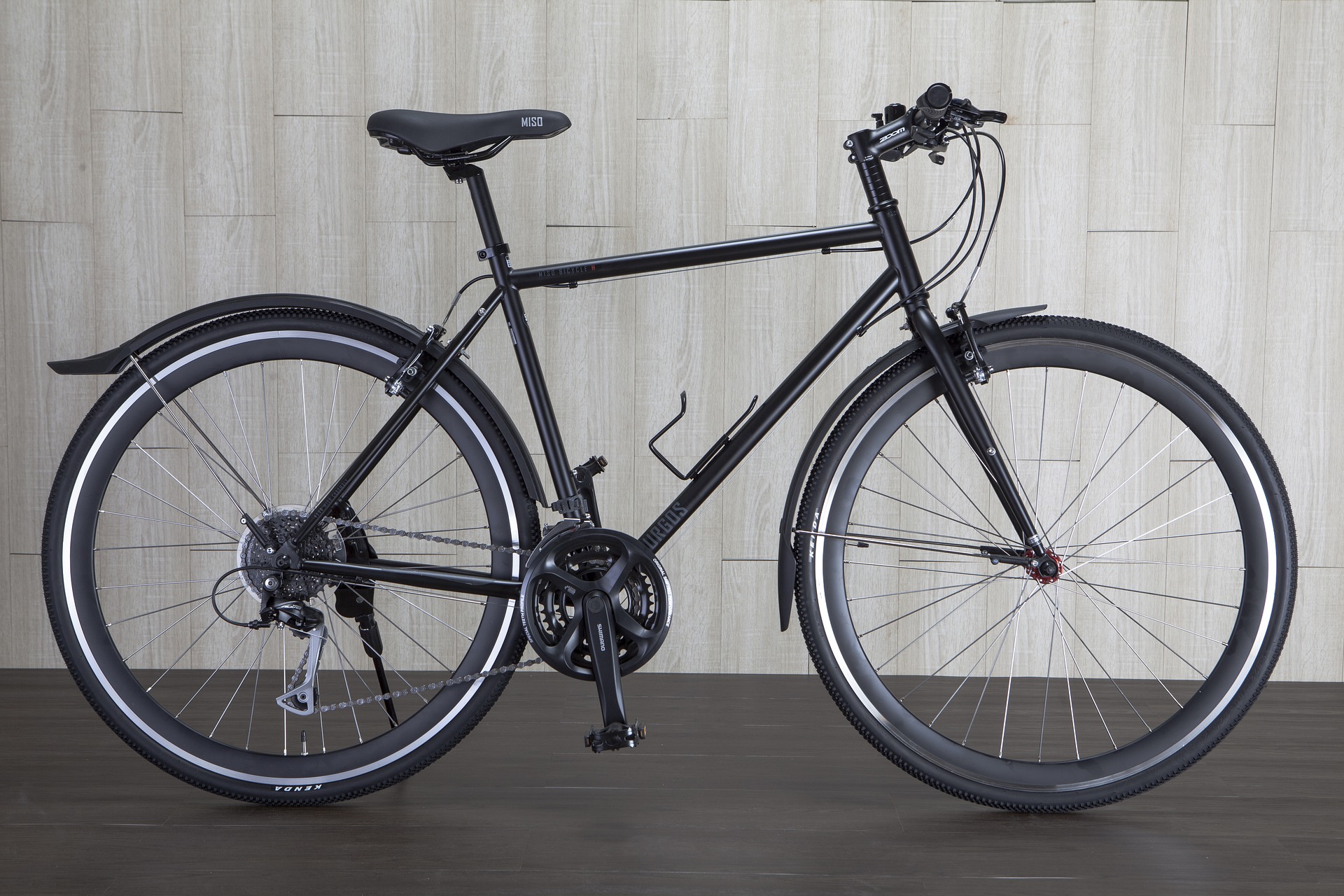
Hybrid and sport comfort bikes provide features similar to a road bike, yet with larger tires. Coming in at about 20 pounds, hybrids give an upright position and work well for smooth dirt, paved trails, and family cycling trips.
#4 - Triathlon/Time Trial Bike: 20 lbs (9 kg)

Bikes built specifically for triathlons or time trail events weigh in at about 20 pounds. This provides a heavy focus on aerodynamics and a streamlined design. Speed is the name of the game here, so the rider can lean forward with a slim design.
#5 - BMX/Trick Bike: 27 lbs (12.2 kg)

Heavy for their small size, BMX bikes come in at about 27 pounds. This helps them survive the rough jumps and tricks without breaking into pieces. Designed for durability, you'll find them ride short dirt tracks and skate parks with ease.
#6 - Commuter Bike: 44 lbs (20 kg)

Built for transportation, commuter bikes come with practical integrations such as lights, rear racks, bags, locks, and fenders. These accessories bring the weight total much higher at an average of 44 pounds.
#7 - Cyclocross Bike: 22 lbs (9.9 kg)

With wider and knobbier tires for off road, the cyclocross bikes weigh about average at 22 pounds. The bikes do need to remain lightweight since the sport requires the rider to dismount and carry the bike through obstacles for short periods of time.
#8 - Track/Fixed Gear Bike: 21 lbs (9.7 kg)
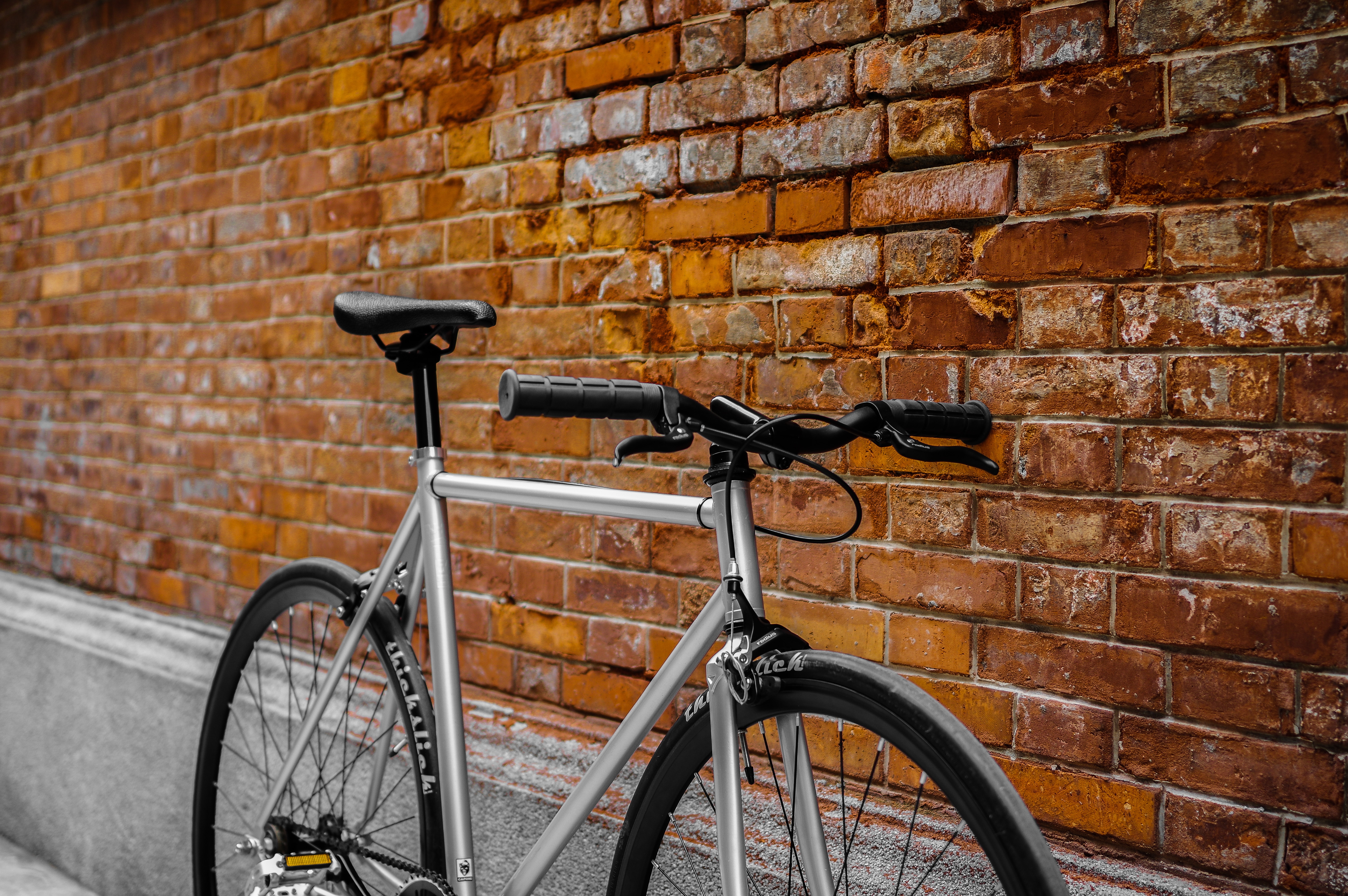
Often known as the track, fixed gear, or "fixie" style bike, they only feature one singular gear. Keeping things simple these bikes weigh about 21 pounds. Not as much can go wrong with these as there are many less parts involved!
#9 - Tandem: 62 lbs (28 kg)
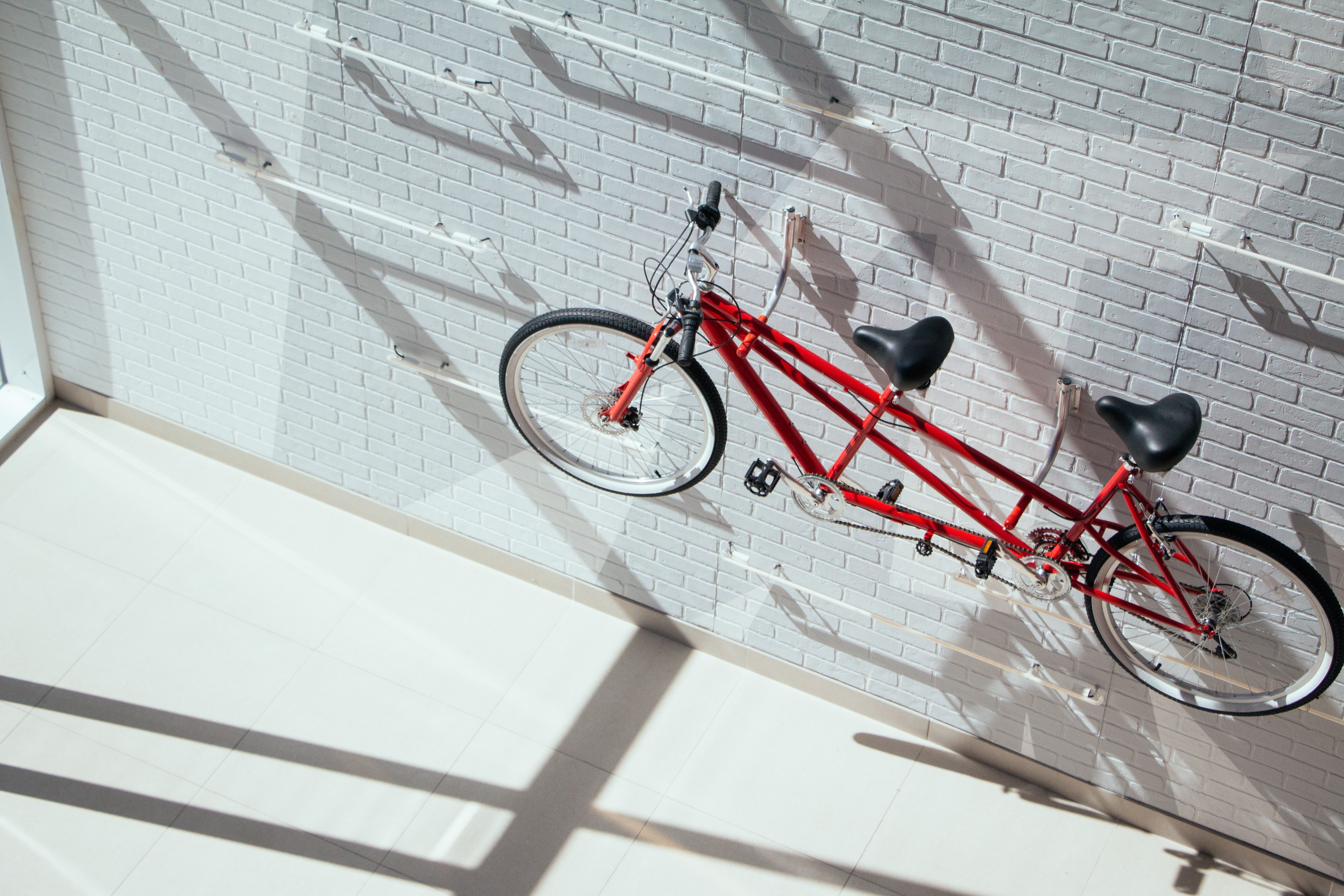
A tandem bike built for two riders. The heaviest type of bike you can find as they have to support the weight of two people. Many even weigh upwards of 60 pounds! Don't be afraid to ask for some help transporting these beasts.
#10 - Adult Trike: 44 lbs (20 kg)
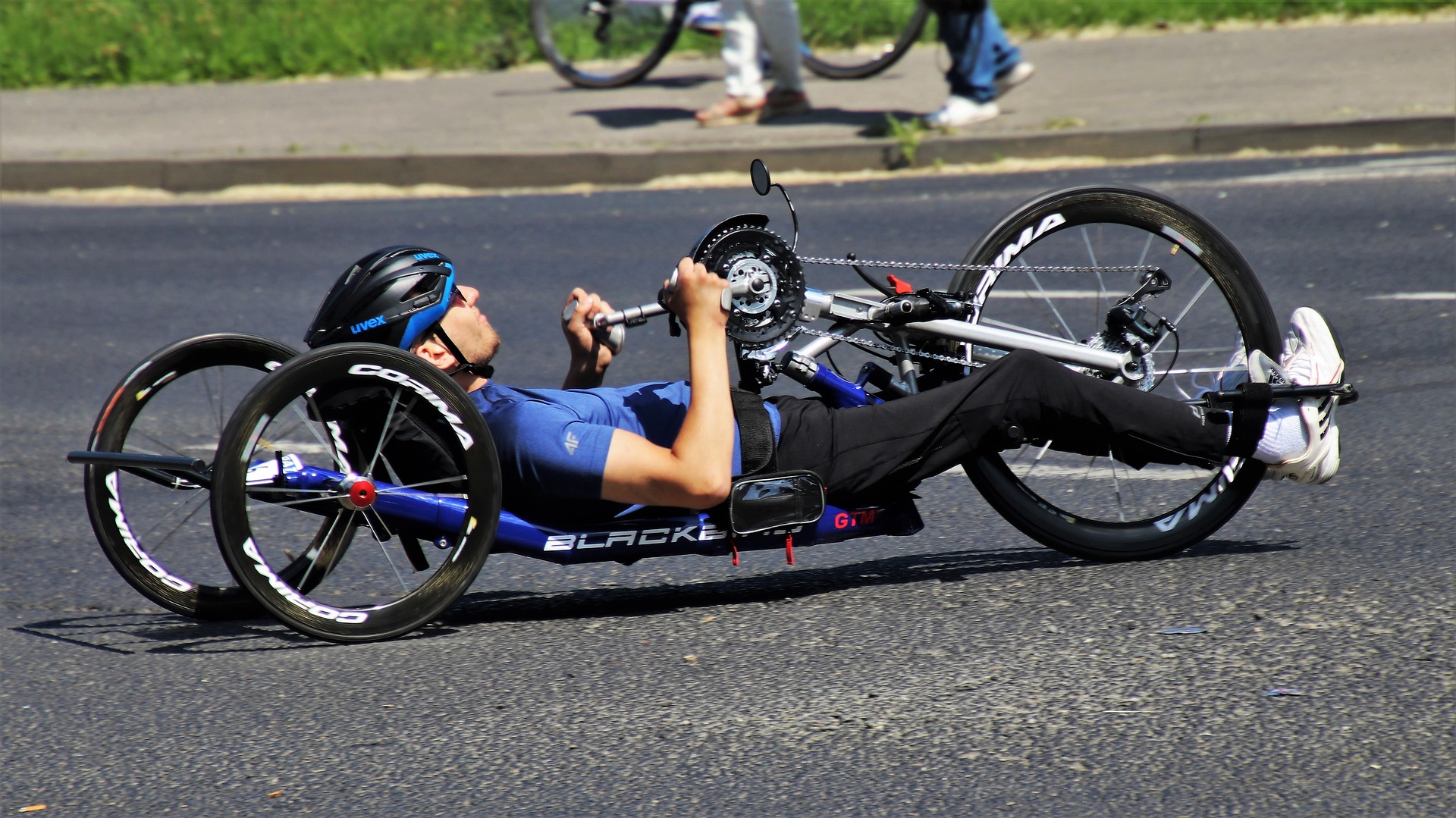
One of the strangest incarnations of the bike, these work best for those who struggle to balance on only two wheels. Weighing about 44 pounds, they're not too difficult to transport.
#11 - Folding Bike: 32 lbs (15 kg)
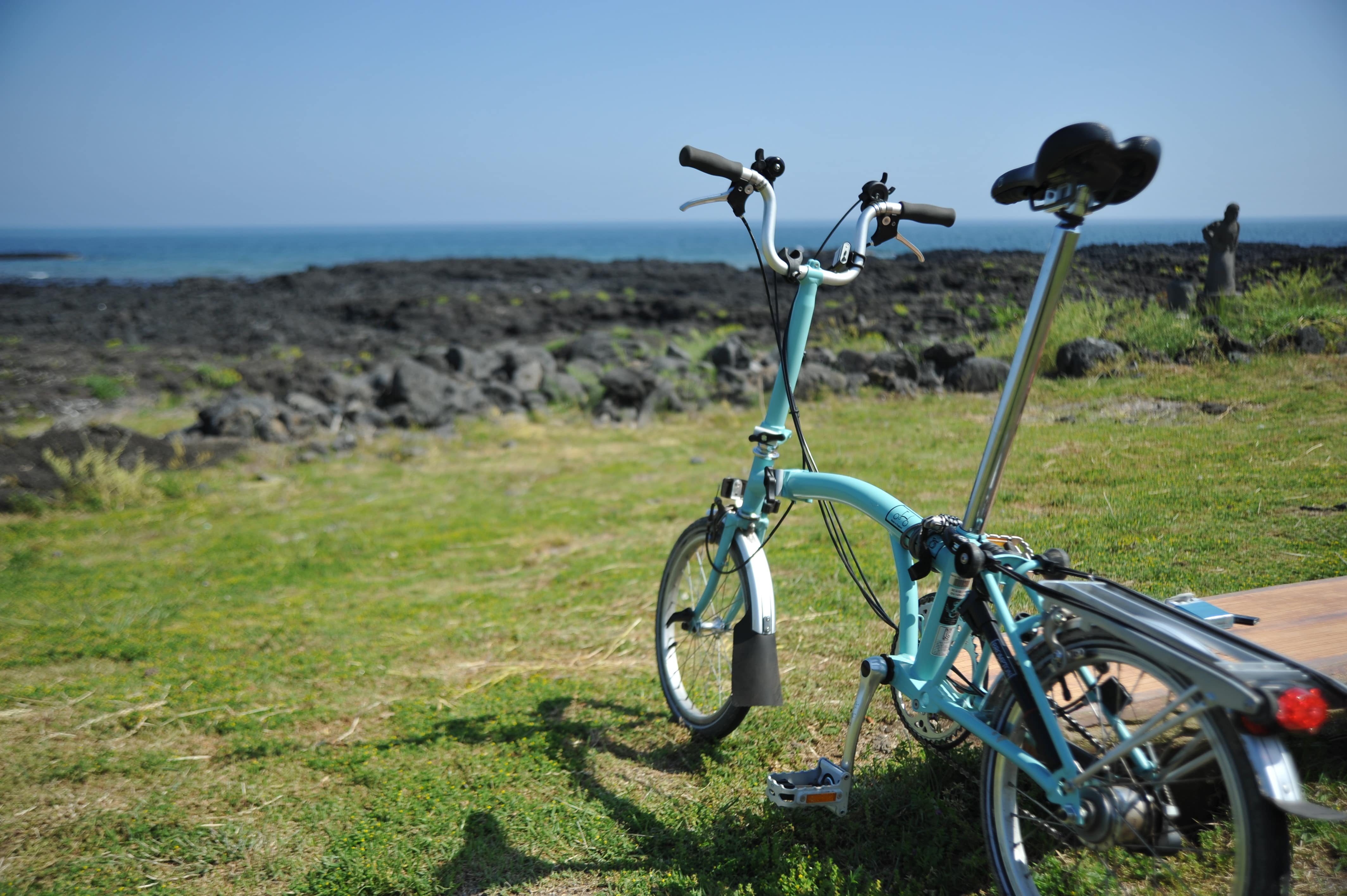
A great travel companion! With the folding design, these bikes can fit on a subway, trunk of a car, boat, you name it. With a weight of 32 pounds, you can surely carry them in most places when on the go.
#12 - Kids Bike: 22 lbs (10 kg)

Designed for kids and scaled down, it's surprising that a child's bike may still weigh about the same as most adult bikes. At 22 pounds, there's all the same features you can expect.
#13 - Beach Cruiser: 40 lbs (18 kg)
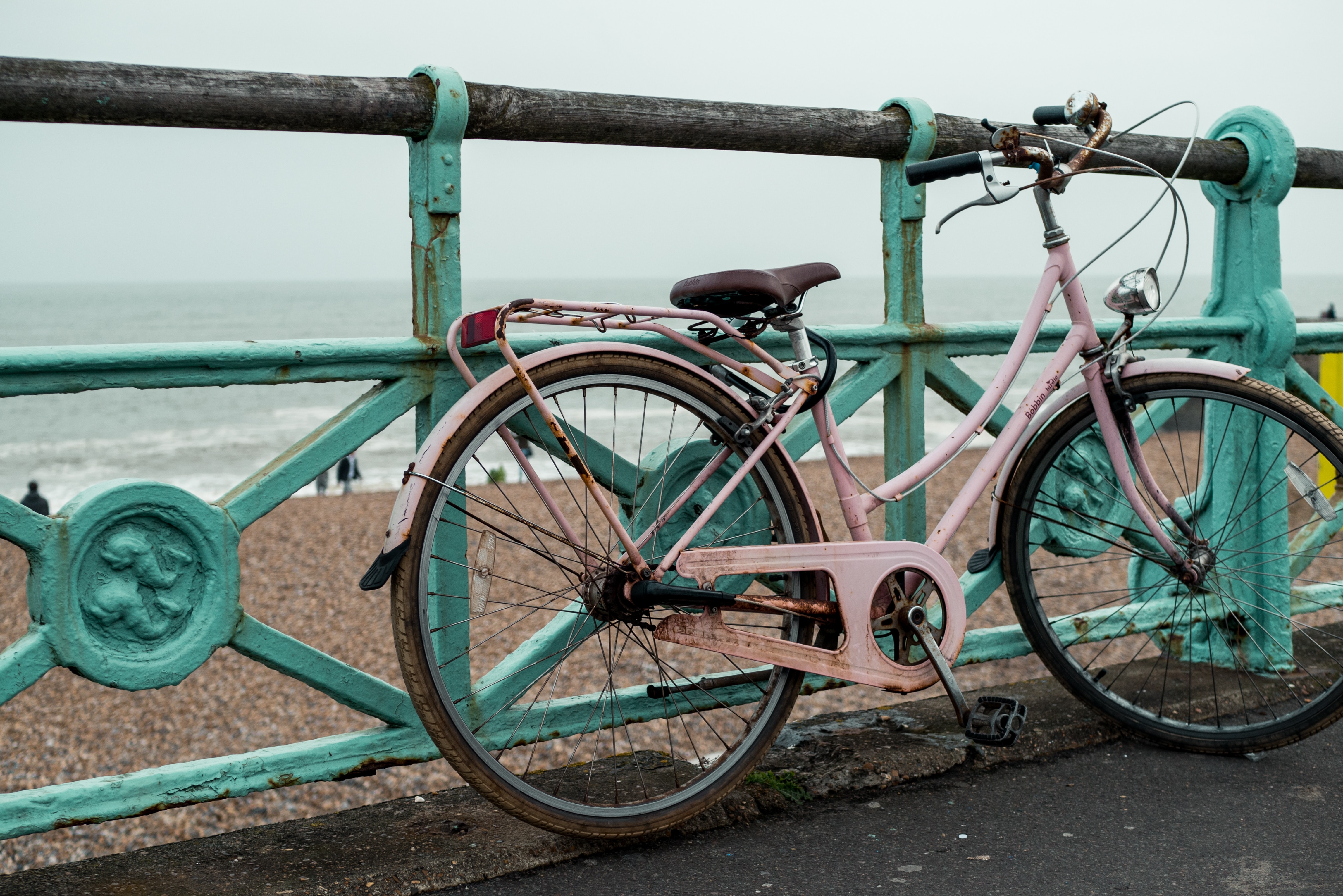
The classic beach cruiser, built for riding short distances on flat terrain. With high handlebars, fenders, and chain guards, they typically weigh a bit more at around 40 pounds.
#14 - Recumbent: 44 lbs (20 kg)
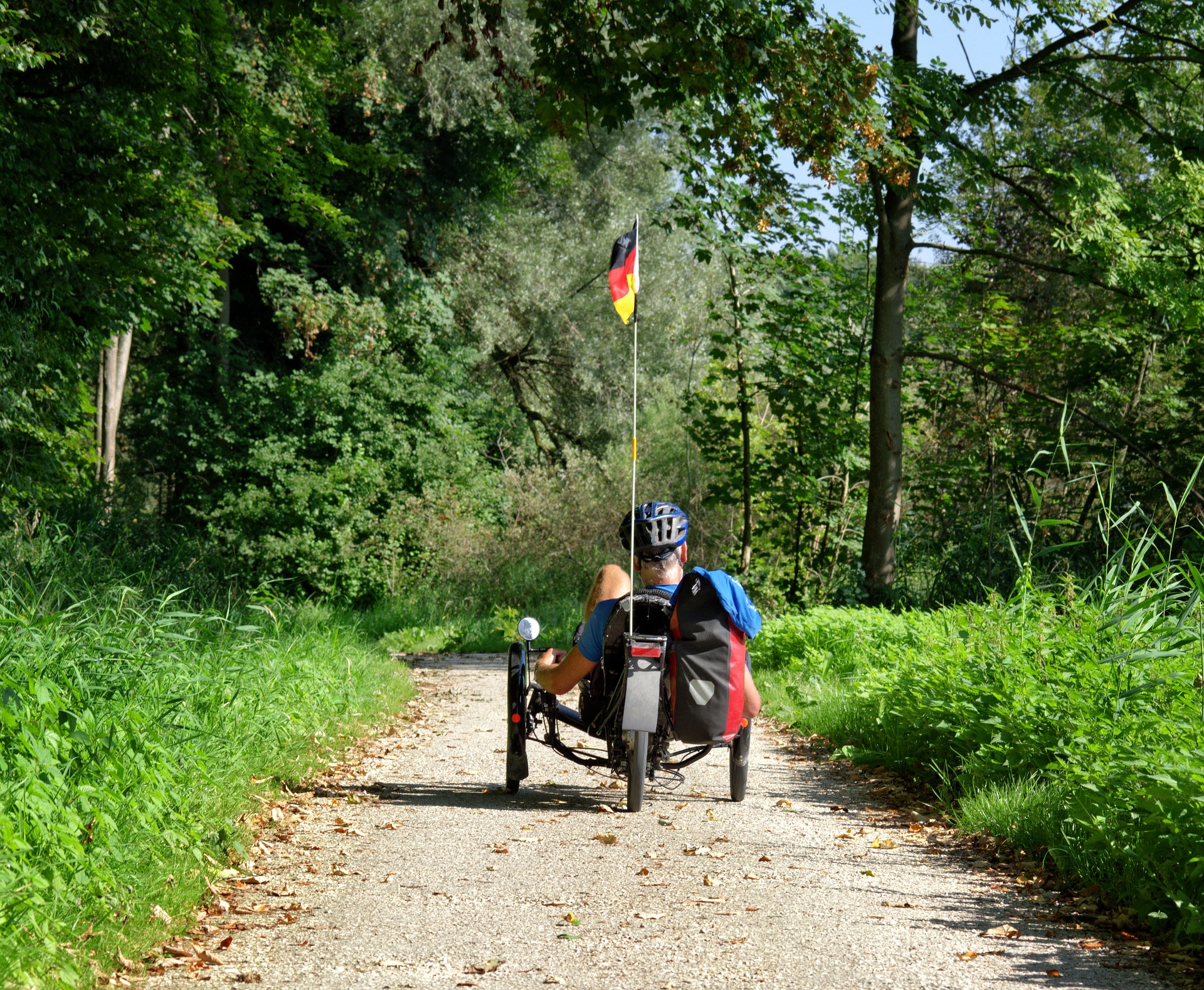
Riding closer to the ground in a chair, the recumbent bike offers a more stable position.
With various wheel bases, recumbent bikes typically weigh about 44 pounds or more depending on the accessories installed.
14 Example Bike Weights
The following chart features example bike weights of specific types ranging from the lightest to heaviest used. Additional details for a particular model you're researching can be found on the manufacturer's websites. Here's the bike weight chart:
Bike Type | Weight |
|---|---|
Road Bike | 17 pounds (7.7 kg) |
Hybrid/Comfort Bike | 20 pounds (9 kg) |
Triathlon/Time Trail Bike | 20 pounds (9 kg) |
Track/Fixed Gear Bike | 21 pounds (9.7 kg) |
Cyclocross Bike | 22 pounds (9.9 kg) |
Kids Bike | 22 pounds (10 kg) |
Mountain Bike | 25 pounds (11.4 kg) |
BMX/Trick Bike | 27 pounds (12.2 kg) |
Folding Bike | 32 pounds (15 kg) |
Beach Cruiser | 40 pounds (18 kg) |
Commuter Bike | 44 pounds (20 kg) |
Adult Trike | 44 pounds (20 kg) |
Recumbent | 44 pounds (20 kg) |
Tandem | 62 pounds (28 kg) |
Does Bike Weight Matter?
With all the hype surrounding lightweight bikes, it makes sense to consider if weight matters all that much.
A study by VeloPress concludes the result that:
Yes, bike weight does matter.
How much? That depends on if you care about a 6% to 8% increase in speed with a lighter bike. For cycling enthusiasts, this could be a crucial difference that makes or breaks a race. However for the average bike rider, it won't be of much concern for all the extra cost on a high end bike.
Bottom line: "A lighter bike may save you a few seconds per climb. But if you really want to get faster, there are better ways to spend your energy and money, like shedding body-weight, upgrading your wheels, and making your bike more aerodynamic." - Outside Magazine
To Conclude
Your specific bike weight will vary from the numbers mentioned. Although these averages come close to most models, the most accurate way to determine a bike's weight is to have your local shop weigh it for you.
Many brands may advertise and strive to have the lightest weight possible, although in reality weight can vary based on size, finish, hardware, and accessories.

